This is your last week to see Piotr Uklański‘s two-room show at the Metropolitan Museum of Art in New York, entitled “Fatal Attraction.” The first gallery features a show of just his photographs, despite the fact that he works in—and is better known for—a variety of mediums such as installation, collage, fiber arts, embroidery, and more. The other gallery exhibits a selection of artworks that Uklański pulled from the institution’s massive collection, across its 17 different departments. There’s an Egyptian piece from 1350 BC, a terra-cotta bust from 1774, a 1933 photograph by André Kertész, up to a Laurie Simmons photograph from the nineties. It’s quite a thing to have a solo show at the Met, to be sure. But it’s really something else to curate an exhibition from the world’s premier historical collection of fine art.
We spoke with Uklański during the installation of “Fatal Attraction,” about the element of craft in all his work, his “Joy of Photography” series, and the discoveries he made in the Met’s vault.
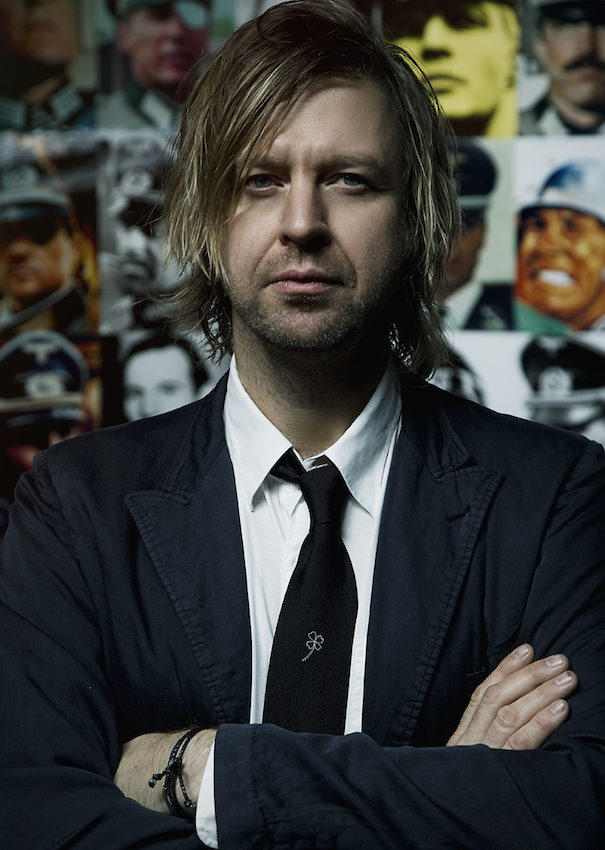
Courtesy of the Metropolitan Museum of Art.
WHITEWALL: How did Doug Eklund, the Metropolitan Museum of Art’s curator in the Department of Photographs, approach you about doing a two-part show at the museum?
PIOTR UKLAŃSKI: He approached me to do the main show, which is my photography, and one non-photographic work, which is the textile piece Story of the Eye. And somewhere down the line, as we worked on this, he asked if I wanted to do a selection of the Met’s collection. That has a strong photographic bias because of my interests. I just really love this kind of historical photography that I had the chance to go through in the archives.

Portrait by Steve Benisty
WW: That must have been exciting, getting to go through such an extensive and historical collection to curate your own show.
PU: Yeah, and for the museum I think it was important for all of the historical departments to be featured, so we have Egyptian, Greco-Roman, Renaissance . . . I’m interested in talking about how all of it as a language is positioned. Even though a lot of these works are very heroic and claim some sort of truth about the world, I think that generally they are just messages that hit the surface, so to speak.
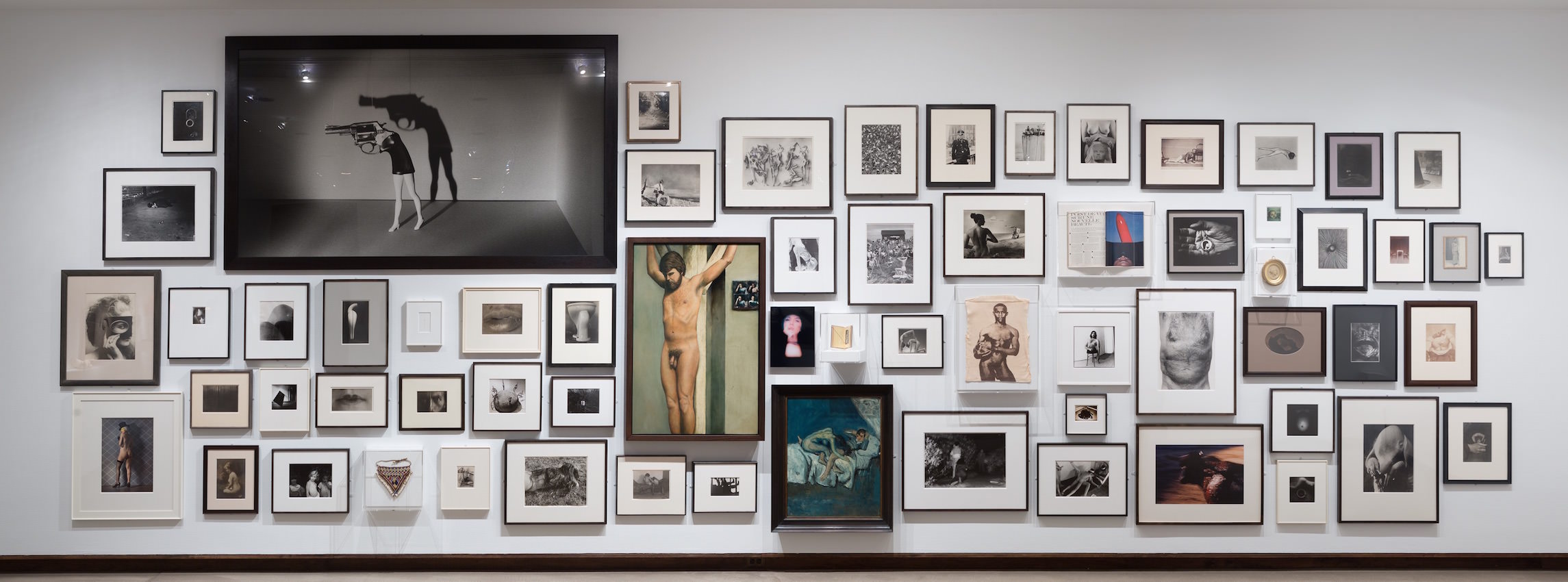
Courtesy of the Metropolitan Museum of Art.
WW: Were there any discoveries you made along the way or did you have an idea of what you wanted?
PU: [Laughs] Well, the whole process was sort of a discovery because you don’t know the depths of the vaults of the Met, first of all.
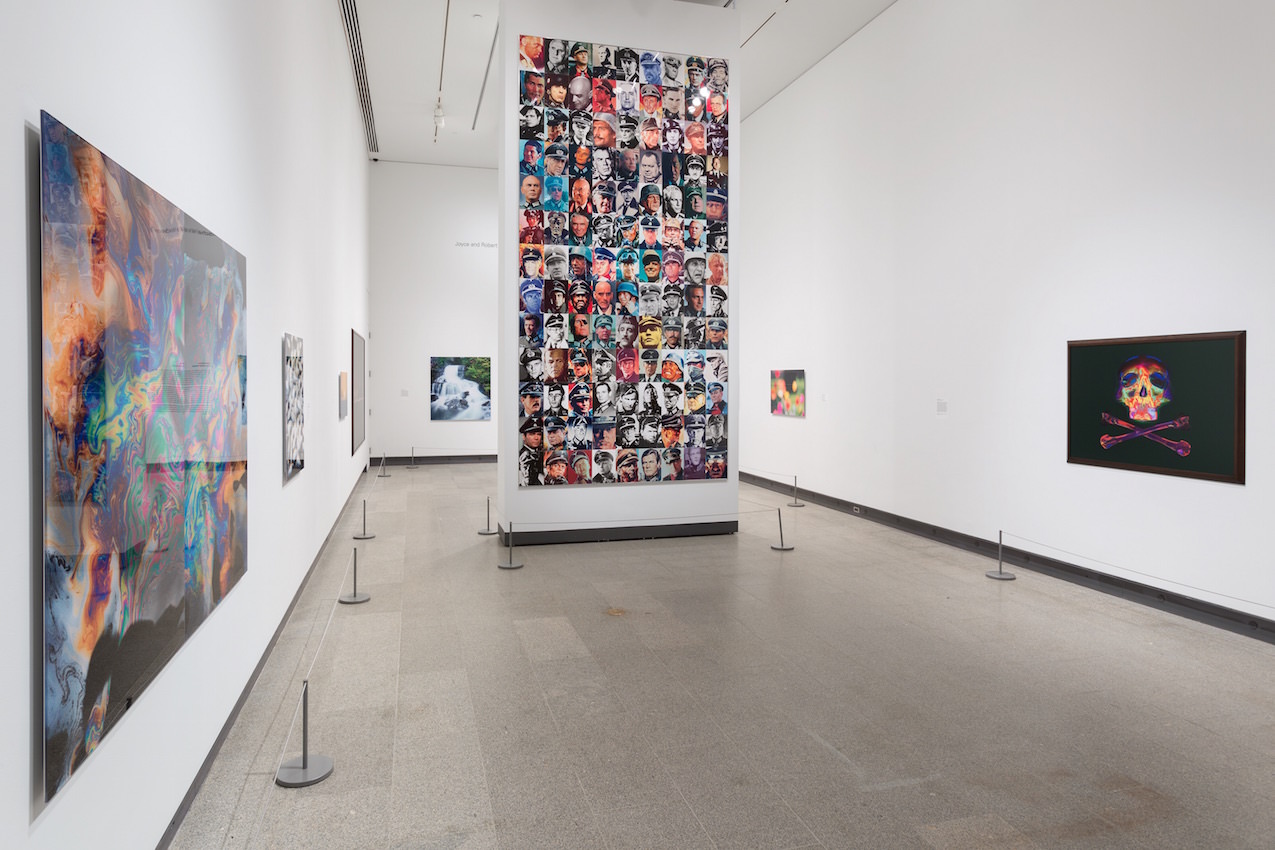
Portrait by Steve Benisty
WW: Right. I mean, like where do you even begin?
PU: Exactly. Initially, there were the concepts. I wanted to do something dark, or at least something that comes off as dark, so it’s a lot of sex and death, Eros and Thanatos. As I went through and started to do my research in the archives, for me there were a lot of discoveries. We found things that they didn’t even have photographed for the database. There were portfolios of an artist from the seventies that contained 12 images and not all of them are that known, so there were quite a few discoveries—beautiful images, amazing works.
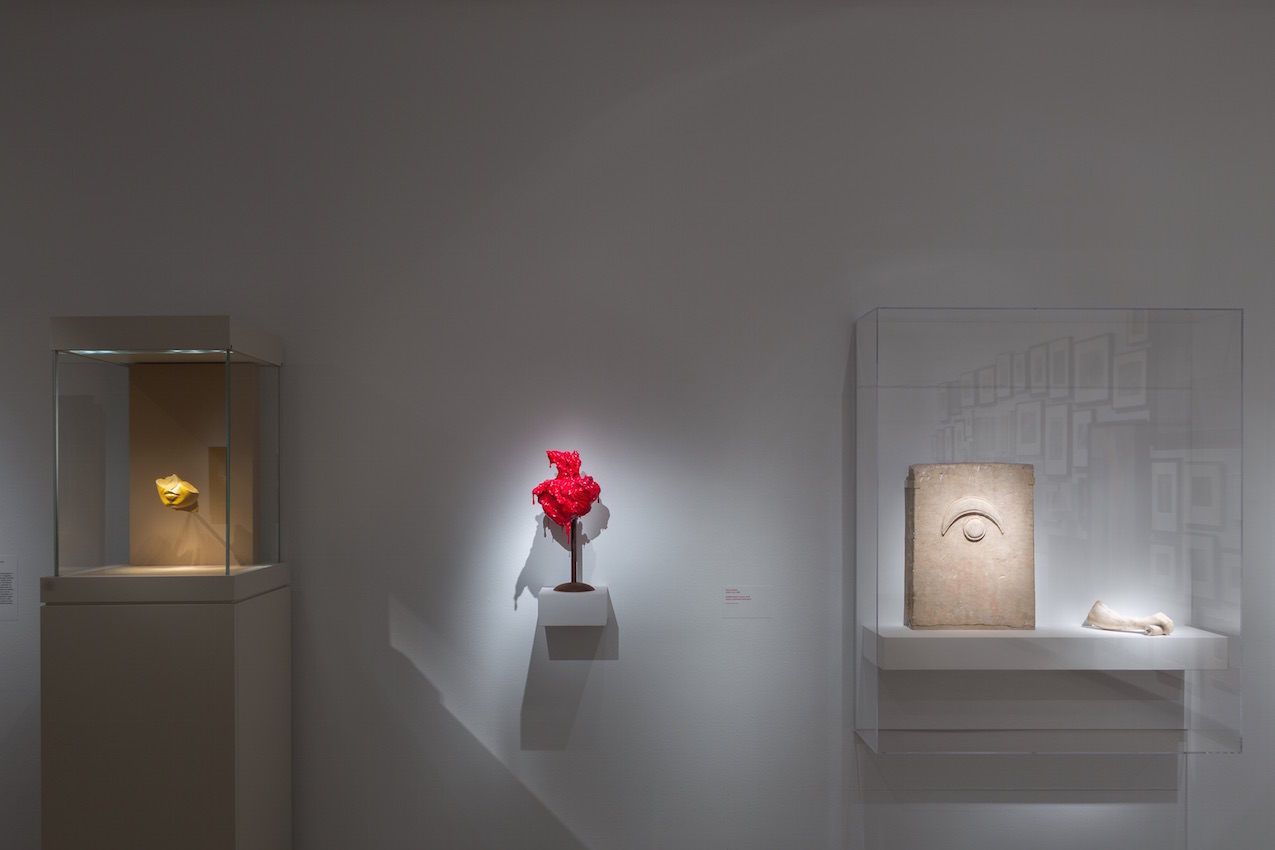
Courtesy of the Metropolitan Museum of Art.
But also, as a process I have not encountered a situation before where you have works from three thousand years ago and fifty years ago, and is there importance in the kind of removal from that moment, or is the importance that it’s all human production, intellectual production? So it was an interesting ride.
WW: Did you choose the themes of life and death, Eros and Thanatos, so that you could have a broader group of works to choose from? Or are you just drawn to darker themes anyway?
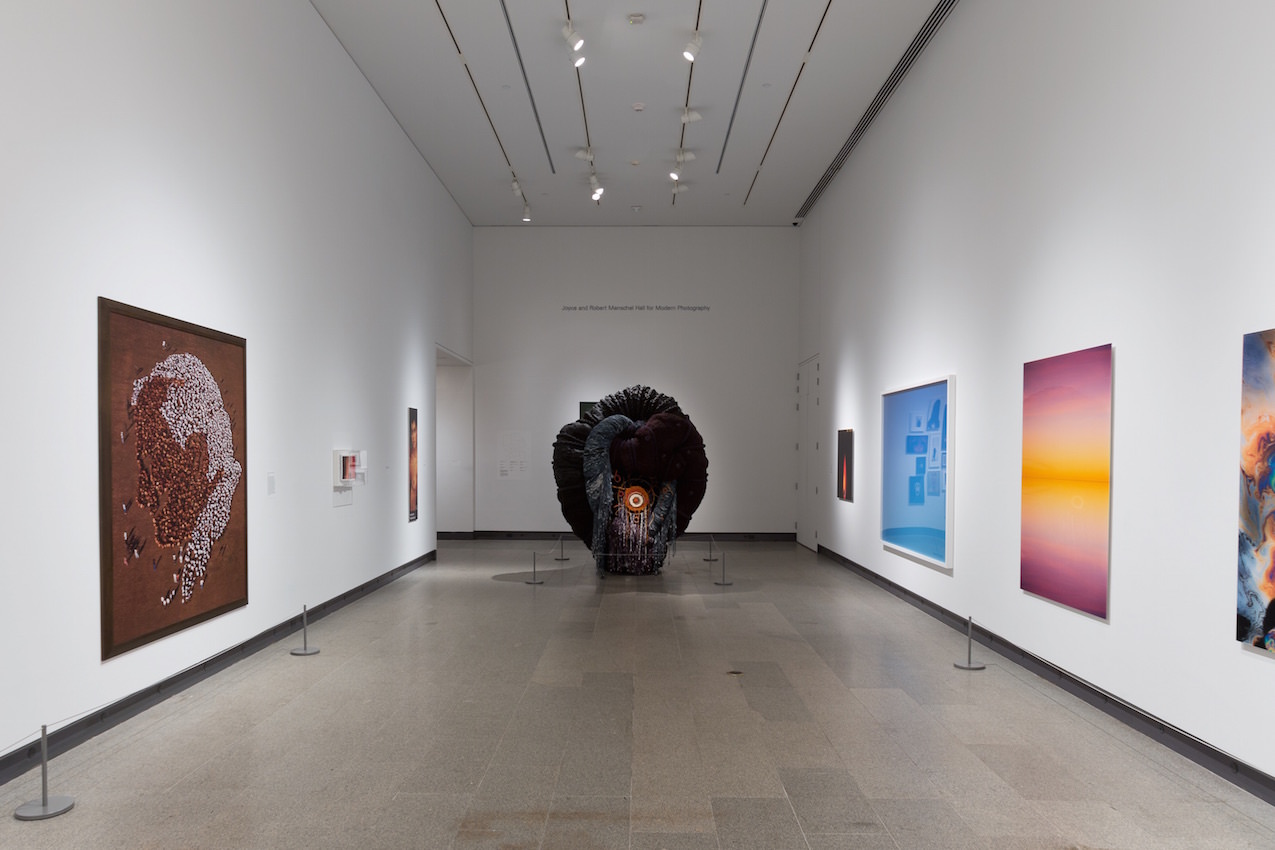
Courtesy of the Metropolitan Museum of Art.
PU: Certainly, I’m Polish. I couldn’t not have that. [Laughs] I can’t get away from it, so hey, I accept it. No, I think that certainly the fact that the museum deals so much with memory of times that have passed, ultimately if one agrees that the Met is one of the greatest, it’s not because of it’s contemporary art profile, but because of the collection and yet it’s all essentially fragments of memories of time. Death is part of the experience of coming to this institute. [Laughs]
WW: A big part of the “Fatal Attraction” exhibition of your photography is the “Joy of Photography” series you’ve been working on since the mid-nineties, where you’ve taken photographs of the subjects and with the styles described in Eastman Kodak’s book for amateur photographers of the same name. Can you tell me about how you started working on that series?
PU: I studied photography in a classic sort of route where I worked in commercial studios and there were like, very product studio photography, still lifes. I got into a sort of language of advertising even in my early student work. So it wasn’t really that I discovered how to do the photographs from a book that I found and moved forward to do them, because let’s say my training was a little better than those books, to the credit of my teachers. But what I did discover in those books was this straightforward joy of photography. You grab a camera, you go out there, you capture the shine of the puddles of water, or flowers of multiple colors. That’s mainly what I missed in my practice at the time, because everything was so controlled, so executed. I liked this way of seeing everything as beautiful—an oil slick, the sky. You could even call it romantic, this ability to travel anywhere, the tropics (and of course I couldn’t do that, so I did it within the East Village, where I lived). But what I liked was you have these simple ideas that can be done anywhere, but they took me elsewhere, really far away, so to speak.
WW: And you worked on it for around 10 years?
PU: More or less. I still occasionally return to it [laughs], do a little image here and there.
WW: You have other photographic work in the show, like portraits you’ve done over the years. The portraits you’ve done—of collectors, friends, dealers—though, aren’t so straightforward. They might be of a singular body part, like lips, or just the eye. Why did you want to obscure the subject?
PU: A portrait supposedly represents the subject. I tried to go the other way, the portrait as a misrepresentation. They are photographs of people that are in front of the camera, metaphorically speaking. For example, the image of the colorful skull—I asked the subject to bring a color CAT scan of his face. So being in front of a camera is more of a metaphor. I was interested in this question of, how can you take a picture of somebody and not care about what’s so-called “true”? Or instead of trying to portray a likeness, to look for a symbol almost, like a graphic symbol, that may communicate this.
Sometimes it’s the lips, sometimes it’s the ass, sometimes it’s not a part of the body, sometimes it’s a shadow. I think that I like this notion of keeping the person that’s being portrayed in the picture, in some way, as a physical index, because I want it to be that person, but at the same time as I work with them I’m removing it obviously pretty far from them.
WW: Are these people you reach out to or are they mostly commissioned?
PU: It happens a little organically. I have a concept. I’m going to come to you and tell you what it’s going to be, then if you really hate it, I’ll try to regroup. The idea of a portrait has a bit of a service implicated in it. I felt it was a little unfair to just come in and I’m going to do what I want and you’re going to like that. But there was never really a conflict of a person not happy with what I did, or at least they didn’t tell me to my face. [Laughs]
WW: I guess if someone knows it will be a portrait of their likeness, rather than their face, there might be less to be unhappy with. How do you argue with an image of your eye? Whereas if it was a portrait of your face, you might wish an artist captured you younger, more beautiful, more handsome, more sophisticated . . .
PU: Everybody, most definitely. I did a photograph of Stephanie Seymour, and I basically did a photograph of her eye, because I liked this idea, this belief that the eye is a window onto the soul. When she arrived at the studio, she arrived with a team, ready as a professional model, like, “What? You don’t need my hair done?” There were a few instances where I didn’t really communicate what I was after. [Laughs] It subverts all the expectations of sitting for a portrait. And then she was a great sport, as a matter of fact.
WW: There is one non-photographic aspect of the show, The Story of the Eye, which is a big sculptural piece made up of fiber work. When Doug Eklund was talking about including it in the exhibition with your photography, he said it was a good physical representation of the craft aspect of your work, and he similarly sees a craft aspect in your photography. Would you agree with that?
PU: I think that in some ways it was interesting to point out that I am not just working as a photographer; I’m working with other work, bodies, medium, and yet it’s a photographic show so it’s a bit of a challenge to choose something like this. But because it’s an eye, and again photography—the eye—it works. And perhaps that he’s right in his thoughts about the craftiness, but I need to think about that one.
WW: You’ve said before though, that the craft aspects in your work “become compensation for the consumer for having to put up with the banality of the content.”
PU: I said that. [Laughs] Well, I wonder. It’s definitely true of the fiber piece. I wonder about photography because I never really saw it as so crafted. Like okay, it’s certainly not in the aesthetic of a snapshot or that sort of thing, but maybe because I have such respect for the medium I never saw myself as such a craft-savvy photographer and hence maybe that would not apply to photography alone. But that is true, in reference to my more recent practices, they dwell into, more than ever in the past, these traditional art practices like collage, fiber work, the embroidery, where they are very time consuming. As an artist you’re obliged really to give something to the viewer.
WW: What kind of effect has seeing all your photography, pulled from your larger body of work, put into one room together?
PU: I certainly was a different person when I did these photos. [Laughs] I look at it now and go, “I don’t know . . .” Hopefully, you get a chance to see yourself many years ago. I like certain pieces, I did a show that I like, but it’s interesting how practices change.
WW: And was there anything you pulled from the Met’s collection, that you saw either in the database or the archives on site, that had an effect on the kind of work you want to do next?
PU: One general thing was to see these vintage prints, that are most of the time known in their perfect condition, and not that they are in the wrong condition, but people handled paper in a different way than they handle it now. And when I print a photograph, it’s normally printed by a machine; it’s hardly carried from the machine to the mounter by anybody in person. Well, these photographs were often kept in boxes, portfolios. They have that mark; they are liberated occasionally, sometimes a little folded. If you have an original print of Man Ray that has creases, you are not reprinting it because it has creases. It’s almost like this is a great thing because you can see the man. [We saw] many prints like that. It’s amazing with the really iconographic images, you saw how retouching was done by hand by a photographer. It’s all these different positions that are essentially results of somebody’s care, life circumstance, and it really is a ride. And then I look back at my prints that are almost dehumanized, by trying to get the retouch perfect, super-clean, and it has me thinking, I lack that. That was my most profound feeling, that I wish that my photographs could communicate similar histories and not be that detached. That’s maybe why I feel that difference between me now and me then, while it may be hot and warm in the subject and colors, the format maybe is a little too detached.
WW: And so your new black-and-white photography, you feel, is a little more . . .
PU: Some of it is on film, some is fiber-printed, some of it platinum prints, things like that that let you have a little more hands on.
“Fatal Attraction: Piotr Uklański Photographs” is on view through August 16 and
“Fatal Attraction: Piotr Uklański Selects from the Met Collection” is on view through June 14 at the Metropolitan Museum of Art.
A version of this article is in Whitewall‘s summer 2015 Design Issue out now.








